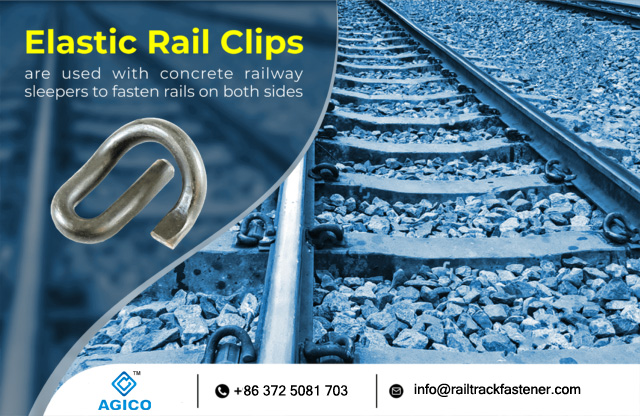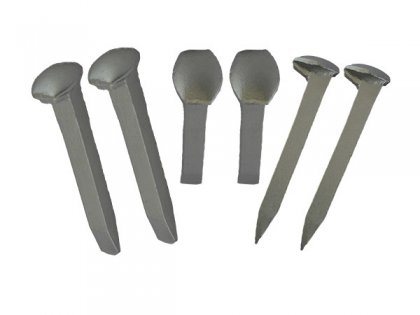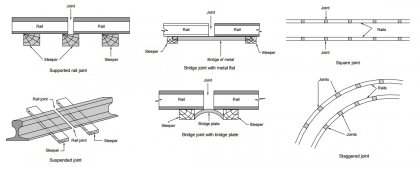General Characteristics of Rail Joint Bar
Rail joint, or joint bar, is a device that connect two rails together so as to ensure the safety and smoothly of train running. The rail joints are usually made of flat steel with four or six holes. As the most important part of rail joint system, on the one hand, when meeting the very high heat climate, rails will tend to expand or get longer, and the rail joint can provide rooms for expansion. On the other hand, rail joint is always installed near the road crossing, which gives great convenience for the repair crews to remove pieces of rail track with ease. AGICO has been committed to produce rail fastenings, rail joint systems and steel rail for at least 20 years. Whatever international standard or non-standard rail joint bar can be provided by AGICO.

General Characteristics of Rail Joint Bar
- It should so connect the rails that they will act as a continuous girder with uniform surface and alignment.
- Its resistance to deflection should approach, as nearly as practicable, that of the rail to which it is to be applied.
- It should prevent vertical or lateral movement of the ends of the rails relative to each other, and unless otherwise specified, it should permit longitudinal movement necessary for expansion and contraction.
- It should be as simple and of as few parts as possible to be effective.
- Each rail joint, insulated joint and compromise joint shall be of a structurally sound design and dimensions for the rail on which it is applied.
- In worn rail territory, high clearance joint bars, as shown in the following pictures, may be used to provide additional wheel flange clearance.
Rail Joint Bars Assembly


We receive enquiries in English, Español (Spanish), Русский язык (Russian), Français (French) and العربية (Arabic). Our professional team will reply to you within one business day. Please feel free to contact us!





